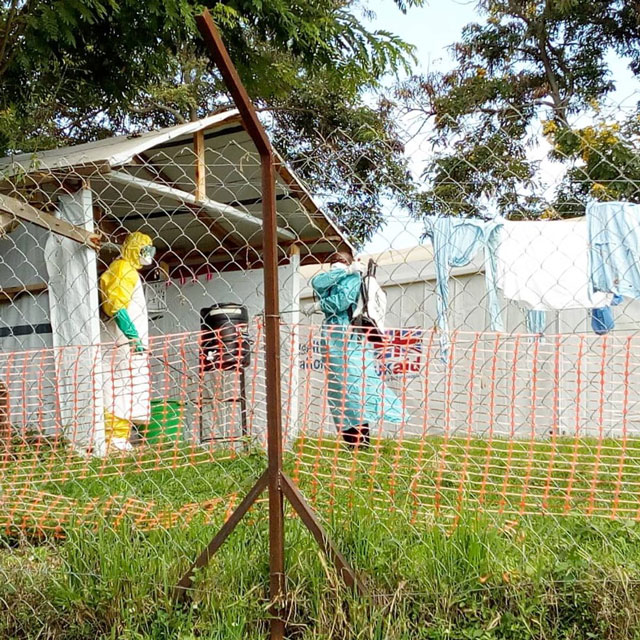
COMMENT | Rebecca Nalwoga Mukwaya | An epidemic is a disease that affects a large number of people within a community, population, or region. A pandemic on the other hand is an epidemic that’s spread over multiple countries or continents.
Pandemics and epidemics are not a new phenomena, as history has recorded pandemics like plague of Athens, black death, yellow fever, Asian fever, AIDS and more recently Ebola and Zika virus among others.
While undoubtedly Coronavirus COVID-19 has shaken the world, it is disturbing to know that this virus has had its toll even on economic giants such as the US. The death toll from a number of countries including those in the first world, indicate the furious manifestation of the virus.
The Director General World Health Organization Dr Tedro Adhanom Ghebreyesus has understandably warned African states in particular to brace themselves for the pandemic given their brittle health environments.
For FY 2019/2020, Uganda’s budget allocation to health is 2.6 trillion of 40.5 trillion. Indeed with such a small budget allocation for health, one wonders what would happen if, God forbid, we have a New York City or Italy scenario of this virus. Do we have the capacity to handle infections of such a magnitude?
We do know that the local governments are at the frontline in health service provision in the districts. It is rather appalling that in this case there are insufficient funds to run our health centres.
A while ago, the chairperson of Mukono district suspended the plan for establishing an isolation centre citing inadequate funds to set up facilities and pay support staff in addition to the inadequate equipment. The district had identified 1,000 suspects of COVID-19.
The World Health Organisation (WHO) in its publication ‘Operational considerations for case management of COVID-19 in health facility and community Interim guidance’ published on 19 March 2020 identifies four case scenarios of transmission for countries.
The last two case scenarios are probably the worst form and need immediate attention. As such for all this case scenarios; Countries experiencing cases clusters in time, geographic location, or common exposure (clusters of cases); and Countries experiencing larger outbreaks of local transmission (community transmission), the World Health Organisation does suggest tailoring an approach to local context.
In Uganda currently, regional referral hospitals, in the districts are charged with isolating identified cases and taking samples and refereeing them to UVRI. Just last month the government set up 17 isolation centres in Entebbe and Kampala.
Health centres key
If the local governments are to be instrumental in combating pandemics and epidemics in the future there is need to boost the health facilities in local governments especially Health Centres IV (HCIVs) and General Hospitals.
Presently, there is need for emergency fund which should not be used for any other activity by the HC IV and General Hospitals. The district health department should have an emergency fund to act as a buffer.
Training of a response emergency team at the district level which trickles down to a health sub district is vital. It is important to have a store at district level and the health sub-district where Personal Protective Equipment (PPEs) would be kept.
There’s a need to improve communication lines between health facilities and district health department to inform them of suspected cases. This can be done by providing logistics like airtime, which should be instituted in the health sub district budgets.
Uganda has up to 100hubs (sample collection centres). If hubs are independently well equipped to detect dangerous pathogens, then the role of the national testing centre would be to release final results or to control what has been released.
A a sample is taken from Arua( approximately 8 hours journey) to UVRI for example would normally would take three days before the results return, and the general hospitals and health centre IVs would have a problem of managing tension created by the incident in the three days.
Equipping and boosting health facilities will go a long way in combating COVID 19 currently, as well as any future epidemic or pandemic.
*****
Rebecca Nalwoga Mukwaya is a Research Assistant with the Advocates Coalition for Development and Environment (ACODE).
 The Independent Uganda: You get the Truth we Pay the Price
The Independent Uganda: You get the Truth we Pay the Price


